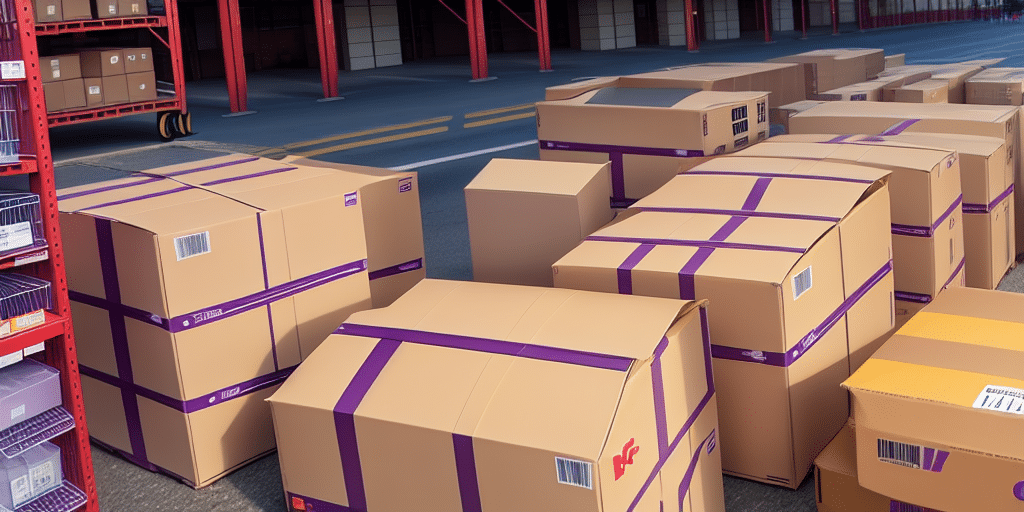Calculating Your FedEx Transit Time
Understanding FedEx transit time is essential for ensuring your packages arrive when needed. Whether you're shipping for business or personal reasons, accurately calculating transit time helps in planning and managing expectations. This guide provides a comprehensive overview of how to calculate FedEx transit time, the factors that influence it, and tools to assist you in the process.
Understanding FedEx Transit Time
FedEx transit time refers to the duration between when FedEx picks up your package and when it is delivered to the recipient. This timeframe varies based on several factors, including the distance between the origin and destination, the type of service selected, and external conditions such as weather or logistical disruptions.
Key Components of Transit Time
- Pickup Time: The moment FedEx collects your package from the drop-off location.
- Transportation Duration: The time taken for the package to travel from the origin to the destination.
- Delivery Time: The final leg where the package is handed over to the recipient.
For instance, shipping a package from New York to Los Angeles typically takes longer than shipping within a single state like New York to New Jersey due to the increased distance.
Factors Influencing FedEx Transit Time
Several elements can affect the transit time of your FedEx shipment. Being aware of these factors can help you make informed decisions and anticipate potential delays.
Distance and Geography
The greater the distance between the origin and destination, the longer the transit time. Additionally, shipping to rural or remote areas may take more time compared to major urban centers.
Service Type
FedEx offers various service levels, each with its own transit time:
- FedEx Express Saver: Delivers in 3 business days.
- FedEx 2Day: Guarantees delivery within 2 business days.
- FedEx Overnight: Provides next-business-day delivery.
- FedEx Ground: Offers delivery within 1-5 business days.
Choosing a faster service like FedEx Overnight reduces transit time but comes at a higher cost.
Package Characteristics
The weight and dimensions of your package can influence transit time. Heavier or larger packages may require more handling and transportation time.
Operational Factors
Operational aspects such as package volume, peak seasons, and carrier capacity can impact transit times. For example, during the holiday season, increased shipping volumes may lead to longer transit times.
Weather and External Conditions
Adverse weather conditions like hurricanes, snowstorms, or floods can cause delays by disrupting transportation routes and schedules.
Tools to Calculate Your FedEx Transit Time
FedEx provides several online tools to help you estimate the transit time for your shipments accurately. Utilizing these tools can streamline the shipping process and ensure timely deliveries.
FedEx Transit Time Calculator
The FedEx Transit Time Calculator allows you to enter your origin and destination ZIP codes, package details, and desired shipping date to receive an estimated delivery date.
FedEx Rate Finder
The FedEx Rate Finder compares rates across different service types based on your shipment details, helping you choose the most cost-effective option.
FedEx Ship Manager
FedEx Ship Manager is an online platform where you can calculate transit times, print shipping labels, and track shipments all in one place.
FedEx Service Types and Their Transit Times
FedEx offers a variety of service types tailored to different shipping needs. Understanding each service's transit time and features can help you select the most appropriate option.
FedEx Express Services
- FedEx SameDay: For urgent shipments needing immediate delivery within hours.
- FedEx Overnight: Guarantees next-business-day delivery by a specified time.
- FedEx 2Day: Ensures delivery within two business days by a specified time.
- FedEx Express Saver: Delivers within three business days by 4:30 PM.
FedEx Ground Services
FedEx Ground: Ideal for less urgent shipments, offering delivery within 1-5 business days based on distance.
FedEx Freight Services
Designed for heavy and large shipments, FedEx Freight provides less-than-truckload (LTL) and full truckload (FTL) services with transit times varying by service level and distance.
Tips for Ensuring Accurate Transit Time Estimates
To maximize the accuracy of your transit time calculations and ensure timely deliveries, consider the following tips:
Provide Complete and Accurate Information
Ensure that all shipment details, including correct addresses, package dimensions, and weight, are accurately provided. Incorrect information can lead to delays or misrouting.
Avoid Peak Shipping Times
Whenever possible, schedule shipments outside of peak periods like holidays to minimize delays caused by high shipping volumes.
Use FedEx Tracking
Utilize FedEx's tracking tools to monitor your package's progress in real-time, allowing you to anticipate and address any potential delays promptly.
Choose the Right Service Level
Select a service type that aligns with your delivery needs and budget. Overpaying for expedited services when they aren't necessary can increase shipping costs without providing additional benefits.
Comparing FedEx Transit Time with Other Carriers
When selecting a shipping carrier, it's beneficial to compare FedEx's transit times and services with those of other carriers like UPS and USPS. This comparison ensures you choose the most efficient and cost-effective option for your shipping needs.
FedEx vs. UPS
Both FedEx and UPS offer similar service levels, but there may be differences in transit times, coverage areas, and pricing. For example, FedEx Express services are often considered faster for certain routes, while UPS Ground may offer more extensive coverage in rural areas.
FedEx vs. USPS
The United States Postal Service (USPS) generally offers more economical shipping options for smaller packages, but may have longer transit times compared to FedEx's Express services. USPS is also the preferred carrier for P.O. boxes and mail-forwarding services.
For a detailed comparison, refer to the Carrier Comparison Tool to evaluate transit times, costs, and service features side by side.
Conclusion
Accurately calculating your FedEx transit time is crucial for ensuring timely deliveries and managing shipping expectations. By understanding the factors that influence transit time, utilizing FedEx's online tools, and selecting the appropriate service type, you can optimize your shipping process. Additionally, comparing FedEx with other carriers ensures you choose the best option for your specific shipping needs. Staying informed and proactive in your shipping strategy will help you avoid delays and ensure successful deliveries.




















